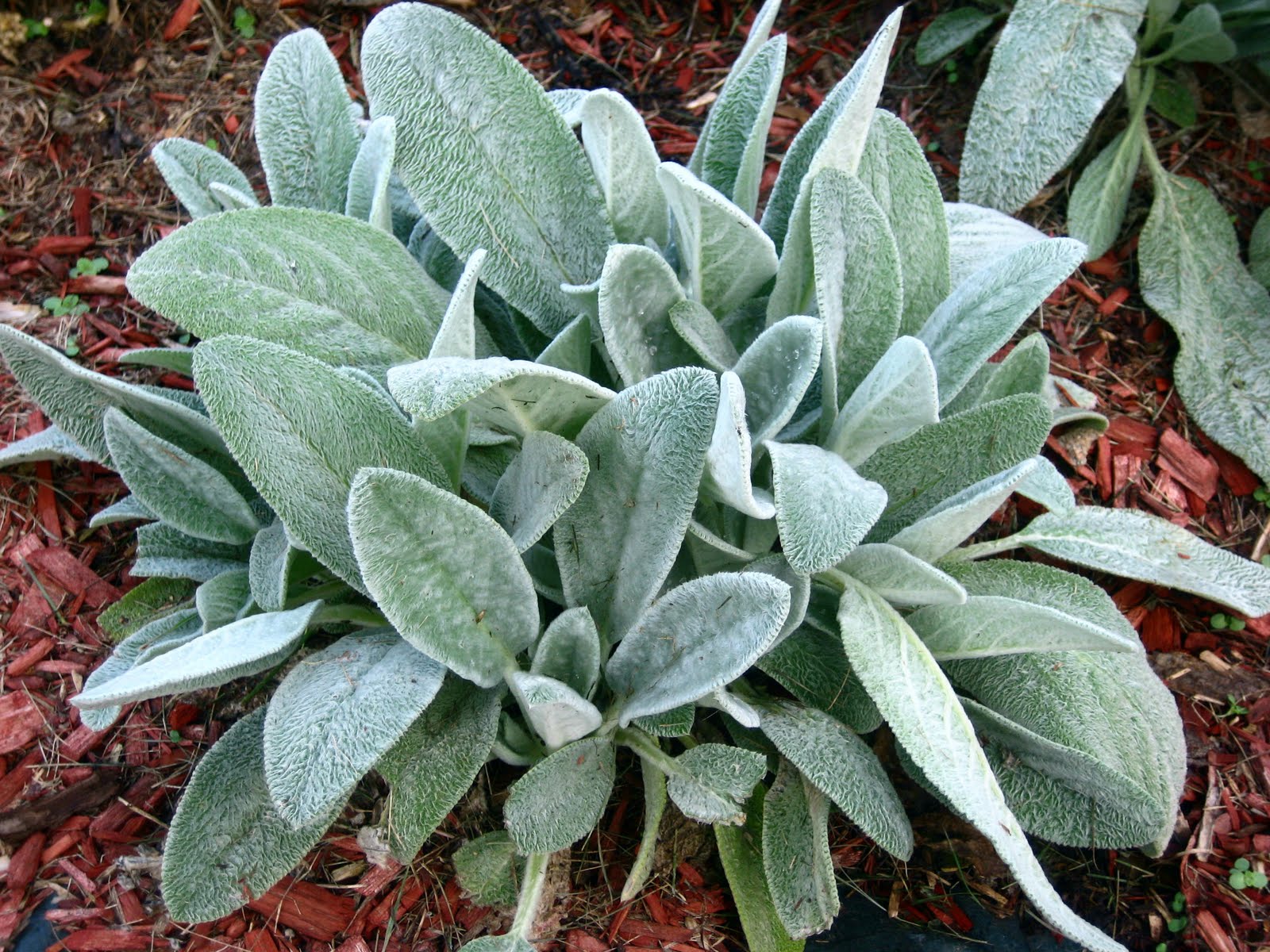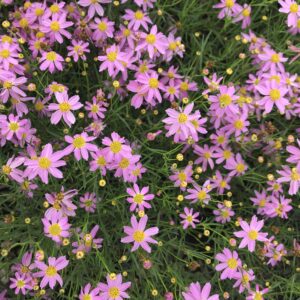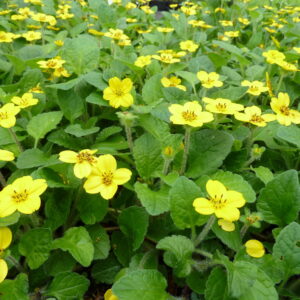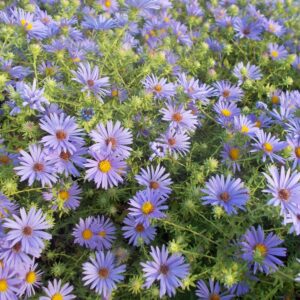Description
Lamb's Ears Characteristics
Lamb's Ears' main features are the soft hair covered foliage. Not only are the physical textures of the foliage pleasing, the silvery-blue color stands out against other green foliage. In warm climates the leave can be evergreen, but in the harsh Pittsburgh winters the leaves are likely to reduce in number and brown. Rising above the body of the plant from spring to summer are small purple and pink flowers. If desired, the flowers can be removed to maintain a clean look to the groundcover, though this is not required. Runners are sent out take root where they touch soil. Lamb's Ears can spread rapidly.
Lamb's Ears should be planted in relatively dry soils that receive direct sunlight. Too much shade can result in leaf and root rot. Lamb's Ears are quite tolerant of rocky soils. In the hottest months of summer, some leaves may dry out. Pick off any dead leaves to make way for new growth.
Lamb's Ears are attractive in rock gardens and along borders. They can be used as groundcover in areas with poor soils in which other plants find it hard to grow. The texture and interesting color of the foliage pairs well against dark backdrops.
-
USDA Climate Zone
Zones 4 - 8
-
Height
.75 - 1.50'
-
Spread
1.00 - 1.50'
-
Bloom Time
May - July
-
Water
Dry - Medium
-
Sun
Full Sun
-
Maintenance
Low
-
Deer Resistant?
Yes




